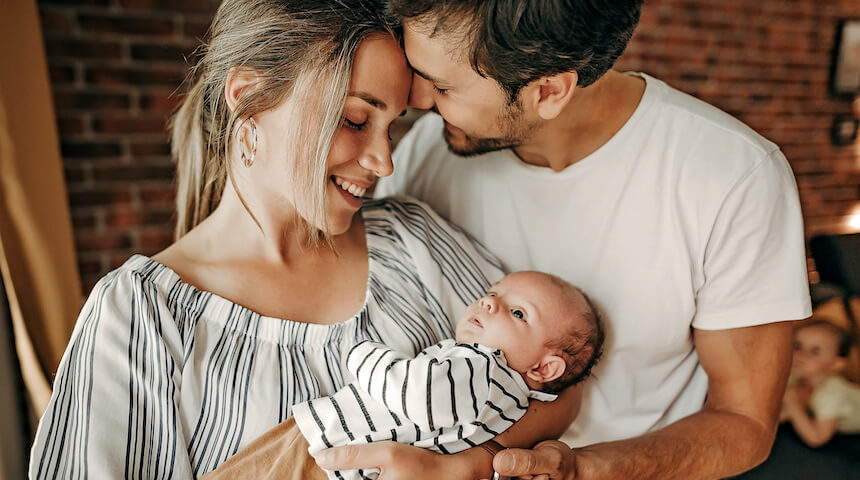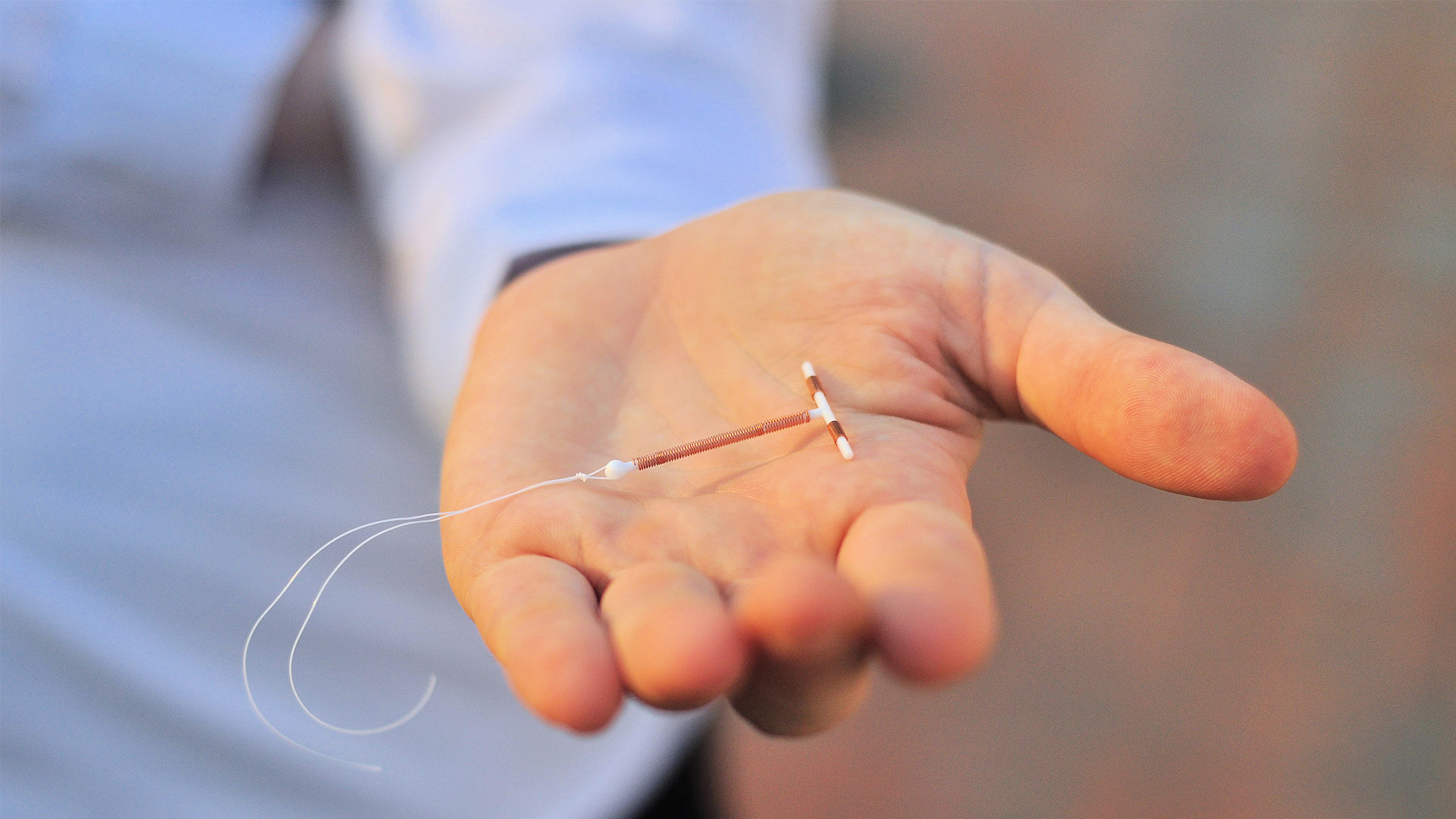About HPV and cervical cancer, and why the vaccine has an age limit
It’s a fact that most adults who have been sexually active have been exposed to human papillomavirus (HPV), with as many as 20 million Americans estimated to be infected with the genital form of the virus. It is estimated that as many as 75 percent of the reproductive-age population has been infected with one or more types of genital HPV, and up to 5.5 million new infections occur each year. However, in many cases, the body fights off the infection without you ever knowing it was there. Other times, it can cause more serious problems.
How can HPV affect me?
HPV is the leading cause of cervical cancer today. It can also cause other cancers, such as vulvar, vaginal, penile and anal, and some strains have been shown to cause genital warts. While there are more than 130 different subtypes of HPV, the majority of HPV-related cancers are caused by HPV subtypes 16 and 18. Spread through sexual contact, HPV is the most common sexually transmitted infection worldwide.How can I protect myself from HPV?
Using condoms during sex and limiting your number of sexual partners can decrease the risk of acquiring HPV. Additionally, there are also two vaccines that protect against HPV.Both vaccines, Gardasil® and Cervarix®, protect against the two most common subtypes that cause cervical cancer—16 and 18. Gardasil® also protects against HPV subtypes 6 and 11 to help prevent cervical warts. The age range in which a person can be vaccinated differs slightly for each vaccine. Gardasil® is approved to be administered between the ages of 9 to 26, and Cervarix® between the ages of 9 to 25. Gardasil® is the only one of the two to be tested and approved for administration in males in addition to females.
The vaccine is administered in a series of three shots over six months. The Centers for Disease Control actually recommends that preteens be vaccinated with one of the two vaccines at the ages of 11 or 12 since the vaccine works best when the series is completed before the start of sexual activity. However, the vaccines still provide protection if someone is already sexually active. Also, if someone has contracted HPV, they can still provide protection against the types that have not already been contracted.
What about those of us who are over the age of 26?
When Gardasil® first came out and when I was of the age range that the vaccine is approved, I was in a long-term relationship. Since we were both monogamous, I figured why bother? This past spring, the relationship ended now at 28 years of age. I am outside of the recommended age range for either vaccine. Being a doctor at a women’s hospital increases my desire to be an advocate for my own health, so I naturally wanted to get vaccinated against HPV. I wondered why the age limit for the vaccine was 26, so I did some research.First, I checked out to see if any of the recommendations about HPV vaccination in women older than 26 had changed. I wanted to see if the age range had been expanded. Unfortunately in the U.S. it hadn’t, even though the labeling in Canada was changed to include patients up to 45 years old. This is possibly because the results of another study showed that getting the vaccine, even after having HPV-related infections or surgery, significantly reduced the risk of HPV-related disease over the following two years.
Dr. Elmar A. Joura, an associate professor of gynecology at the Medical University of Vienna, is the lead author of the study and says that women who have had an HPV-related infection are at high risk for recurrence, and believes it’s important to vaccinate them as well: “Regardless of your age or your history, a vaccination can prevent new disease.”
Even so, another daunting factor to consider for those of us who are older than 26 and living in the United States is that insurance may not cover the cost of the HPV vaccine and its administration. Each health insurance company is different, so it is important to find out what your insurance company provides. Some insurance companies may not provide any coverage, whereas some might provide partial coverage of the cost of the vaccine. Others may provide coverage if the physician indicates there is need for the vaccine. Ask your insurance company and ask specifically about your situation to determine what kind of coverage you will get. Without coverage, the cost of the vaccine is expensive—around $500 for the entire courseso any coverage from the insurance company is helpful.
I wanted to take every step I can to prevent cervical cancer in the future. Erring on the side of caution, I personally chose to receive the vaccine. If you are trying to make the decision for yourself, talk to your doctor about your risk of contracting HPV and talk to your insurance company to determine your coverage.










